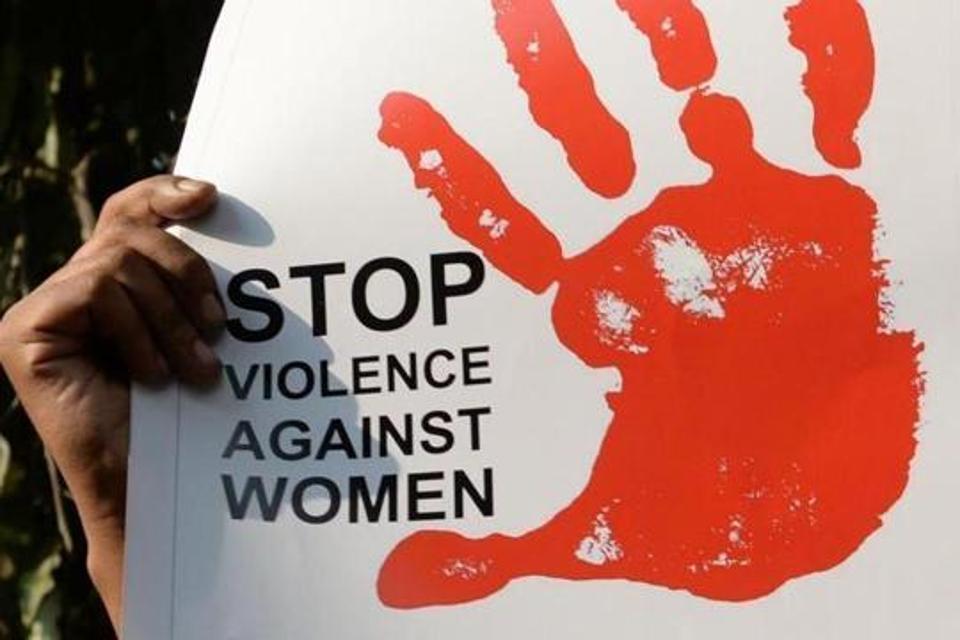Protection for Women Victims of Domestic Violence in Indonesia: A Victimology and Criminology Approach
Main Article Content
Abstract
Law No. 23 of 2004 concerning the Elimination of Domestic Violence, defines domestic violence as any act against a person, especially women, which results in physical, sexual, psychological misery or suffering, and/or neglect of the household including threats to commit acts, coercion, or unlawful deprivation of liberty within the household sphere. However, in this case the focus will be on women as victims, this also refers to the data available at the Indonesian National Commission on Human Rights. This is unfortunate because the position of women themselves is as the first and foremost educators in a family, they are expected to be able to develop values the value of cases of saying, equality, and equality, as well as concern for one and the other, so that in the future they are able to get rid of aggressive behavior patterns from children and adolescents. Because in time, the tradition of violence inherited from parenting in this family, will face problems with state law if it is maintained. This study aims to analyze the concept of protection for women in domestic violence in Indonesia. This study uses various legal comparisons related to the protection of women in Indonesia and international law.
Article Details

This work is licensed under a Creative Commons Attribution-ShareAlike 4.0 International License.
All writings published in this journal are personal views of the authors and do not represent the views of this journal and the author's affiliated institutions. Author(s) are retain the copyrights of the Article. However, before publishing, it is required to obtain written confirmation from Author(s) in order to ensure the originality (Author Statement of Originality). The statement is to be signed by at least one of the authors who have obtained the assent of the co-author(s) where applicable.This work licensed under a Creative Commons Attribution-ShareAlike 4.0 International (CC BY-SA 4.0)
References
Eddyono, S. W. et.al. (2016). Penanganan Anak Korban, Jakarta: Institute for Criminal Justice Reform.
Hadjon, P. M. (1987). Perlindungan Hukum bagi Rakyat Indonesia. Surabaya: Bina Ilmu.
Harahap, M. (2013). Tinjauan Psikologi Kriminal Terhadap Pemberatan Hukuman dalam Tindak Pidana Pencurian (Studi Kasus Pengadilan Negeri Medan). Thesis.
Indonesia. (1999). UU No. 39 Tahun 1999 Tentang Hak Asasi Manusia.
Indonesia. (2014). UU No. 32 Tahun 2014 Tentang Perlindungan Sanksi dan Korban.
Indonesia. (2014). UU No. 35 Tahun 2014 Tentang Perlindugan Anak.
KATADATA. (2020). Online retrieved from https://katadata.co.id/berita/2020/01/09/jokowi-ingin-ada-pelayanan-satu-pintu-tangani-kekerasan-anak
LOKADATA. (2020). Online, retreived from https://lokadata.id/artikel/2020-kekerasan-pada-anak-tak-menurun
MAPPI FHUI. (2018). Online, retrieved from http://mappifhui.org/wp-content/uploads/2018/10/MaPPI-FHUI-kekerasan-seksual.pdf
Maslihah, S. (2006). Kekerasan Terhadap Anak: Model Transisional dan Dampak Jangka Panjang. Edukid: Jurnal Pendidikan Anak Usia Dini, 1(1), 25-33.
Noviana, I. (2015). Kekerasan seksual terhadap anak: dampak dan penanganannya. Sosio Informa: Kajian Permasalahan Sosial Dan Usaha Kesejahteraan Sosial, 1(1).
Poerwadarminta, W. J. S. (2002). Kamus Besar Bahasa Indonesia, Jakarta: Balai Pustaka.
Rahardjo, S. (2000). Ilmu Hukum. Bandung: Citra Aditya Bakti.
Sholeh, S. (2001). Dasar Hukum Perlindungan Anak, Bandung: CV. Navindo Pustaka Mandiri
Somaliagustina, D., & Sari, D. C. (2018). Kekerasan seksual pada anak dalam perspektif hak asasi manusia. Psychopolytan: Jurnal Psikologi, 1(2), 122-131.
SUARA dot com. (2019). Online retrieved from https://www.suara.com/news/2019/12/09/151202/jumlah-anak-korban-kekerasan-seksual-di-sekolah-naik-di-2019
Tower, C. C. (2002). Understanding Child Abuse and Neglect. Boston: Allyn & Bacon
Ullmann, E., & Hilweg, W. (1999). Childhood and Trauma (Separation, Abuse, War). Aldershot, Hants, England: Brookfield, Vt. Ashgate
